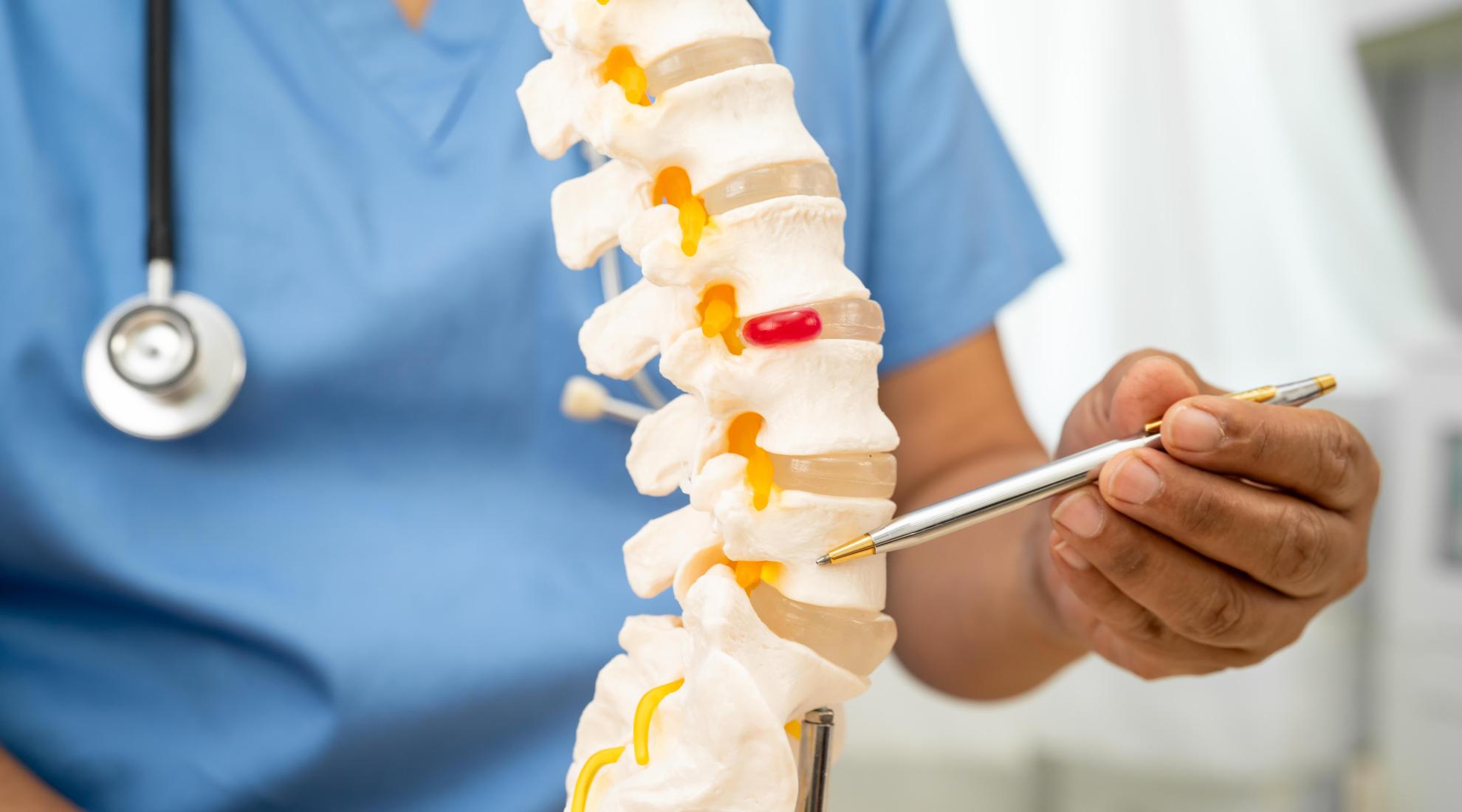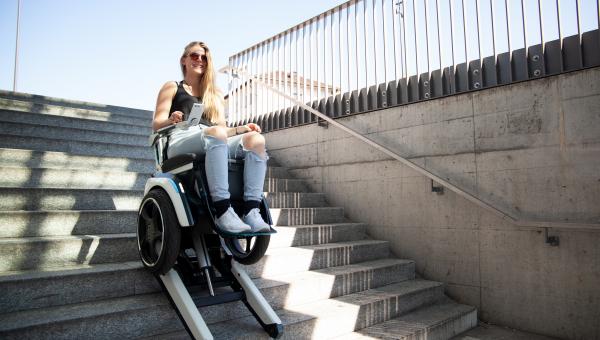Robotics combined with spinal stimulation: new hope for paralysis patients

In a groundbreaking study, scientists have combined robotic rehabilitation with targeted spinal cord stimulation to help people with spinal cord injuries regain natural movement.
According to the World Health Organization, more than 15 million people are living with spinal cord injuries, often resulting in lifelong mobility problems and a life in a wheelchair. And a staggering 900,000 new cases are added every year.
Synchronising robotic movement and electrical stimulation
While robotic-assisted therapies have offered support in the rehabilitation process, they have struggled to trigger the kind of active muscle engagement needed for lasting neurological recovery. In a groundbreaking study, the Swiss .NeuroRestore lab, whose principal researchers Grégoire Courtine and Jocelyne Bloch are among Time magazine's 100 Most Influential People in Health for 2024, has now overcome this hurdle by synchronising robotic movement with precisely timed electrical stimulation of the spinal cord. The result: increased mobility and signs of long-term recovery in people with severe motor impairment.
Replicating natural nerve signals
The technology is based on a fully implanted spinal cord stimulator that delivers biomimetic epidural electrical stimulation – designed to mimic natural nerve signals. Unlike conventional functional electrical stimulation, this approach more effectively activates motor neurons by mimicking the body's own communication patterns.
To maximise its impact, the researchers integrated the stimulation into a range of robotic rehabilitation tools, including treadmills, exoskeletons and stationary bicycles. Wireless sensors monitor limb movement and ensure that the stimulation is precisely synchronised with each phase of movement. This real-time adjustment enables smooth, responsive therapy tailored to the user's activity.
Immediate and lasting muscle activation
In a proof-of-concept study involving five people with spinal cord injuries, the integration of robotics and epidural electrical stimulation led to both immediate and sustained muscle activation. Participants were able to actively use their muscles during therapy sessions – and in some cases even showed improved voluntary movement after the stimulation had ceased.
The seamless integration of spinal cord stimulation with rehabilitation or recreational robotics will accelerate the deployment of this therapy into the standard of care and the community of people with spinal cord injury.
First successful tests outside of the lab
What makes this breakthrough even more promising is that the benefits aren't limited to the lab. The research team worked closely with rehabilitation centres to evaluate how well their stimulation system worked with commonly used robotic devices. Their tests showed that the technology worked smoothly with commonly used equipment and could be easily integrated into standard rehabilitation routines.
This advanced technology opens up new possibilities in the treatment of spinal cord injuries, offering a more powerful approach to rehabilitation than robotics alone.




